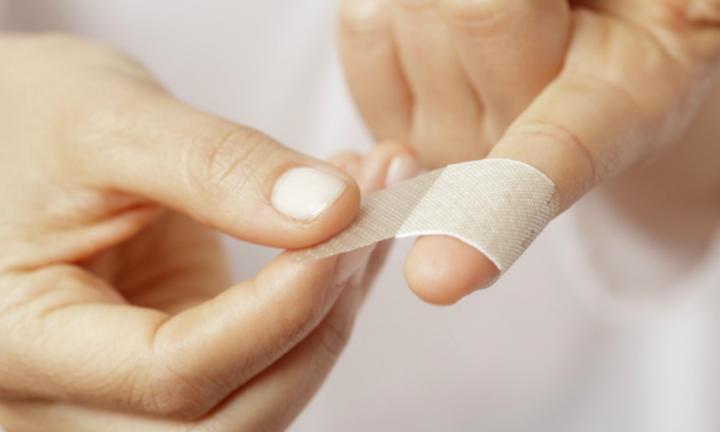
By Jeffrey M. Levine MD, AGSF, CWS-P
I recently completed the revised chapter on pressure injuries for the Geriatrics Review Syllabus (GRS-10) which will be coming out shortly. Part of the content addressed the topic of palliative care for chronic wounds. In my text I claimed that a palliative approach can reduce suffering, improve quality of life, and decrease health care costs by eliminating expensive and/or painful procedures and treatments, but found little corroborating evidence. In the process of revision I did an informal poll of colleagues from coast to coast, and found nobody addressing palliative care for wounds. Research in this area thus presents a wide open career opportunity for a young palliative care specialist.
Those of us who care for patients with pressure ulcers know that some wounds will not heal, and cure is an unrealistic goal. Pressure ulcers can also herald the terminal stage of illness. As the number of people living with chronic illness soars, it is increasingly recognized that there are limited benefits of curative treatment. This is where palliative care offers an alternative to aggressive wound healing interventions by changing to the focus to wound stabilization, symptom management and patient well-being.
Wound-healing strategies incorporate turning schedules, pressure redistribution devices, nutritional support, pain management, a variety of dressings, and an array of surgical procedures. Some patients, because of underlying illness or personal preference, cannot tolerate one or more of these measures. For example, turning and positioning is painful for patients with metastatic cancer. Repositioning may be restricted in patients with severe contractures, morbid obesity, or life support modalities. Patients with lung disease, congestive heart failure, vent support, or tube feedings require the head of their bed elevated which restricts mobility and increases pressure and shear forces on the sacral area. Negative Pressure Wound Therapy (NPWT) for persons with malnutrition has the risk of further decreasing serum albumin which increases third spacing, which interrupts oxygen and nutrient delivery and impedes healing.
Nonetheless, palliative concepts have not yet penetrated deeply into the wound care world. Surgical procedures such sharp bedside debridements, operative interventions with attempted flap reconstructions, and skin grafts are too often performed when there is little to no chance of healing. Operative debridements are often performed without communicating to families that there is little realistic chance of healing. I know of numerous patients on hospice who received one or more sharp debridements only days before expiring.
The wound care market is a rapidly growing sector currently worth in excess of $18 billion. There is a confusing array of wound care products with proof of efficacy lacking even in healthier populations. Negative Pressure Wound Therapy (NPWT) is an expensive cure-oriented treatment that is frequently overused in situations where treatment is hopeless. This is an opportunity to prove that aggressive intervention is often futile, and palliative care alternatives can cut down on unnecessary pain, suffering, and healthcare expenditures.
Palliative wound care involves symptom control with stabilization of existing wounds while preventing additional wounds and infectious complications. While many modalities are currently in use, the palliative formulary needs to be explored for optimum efficacy and cost savings. More research is needed to define when a wound is not expected to heal, and in which clinical situations palliative care needs to be offered. Surgical subspecialties as well as palliative care specialists require training to recognize when procedures are medically futile, and when realistic patient and family education needs to be implemented.
One strategy I would like to see explored is co-management of chronic wounds, with geriatricians or palliative care specialists collaborating with the surgical team. This model has proven successful in hip fractures and cancer, and could easily and effectively be implemented with chronic wounds.
Medical science and technology have come a long way, yet there are many clinical situations when cure is not a realistic goal. Palliative care offers an alternative that focuses on controlling symptoms while promoting the best quality of life for both the patient and family. Partnering with the patient and family to take a palliative approach to chronic wounds rather than an aggressive plan for healing can potentially reduce suffering, avert painful procedures, and reduce re-hospitalizations. Although this makes intuitive sense, research is required to take this concept to the next level.
* * * * * * * * * * * * * * *



